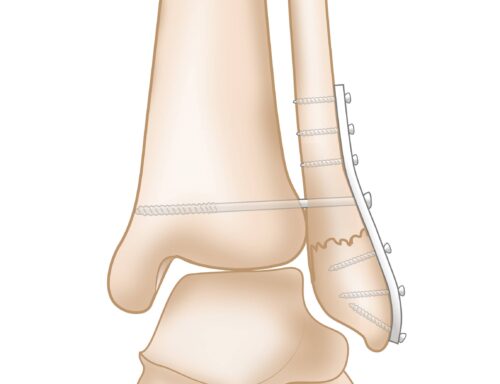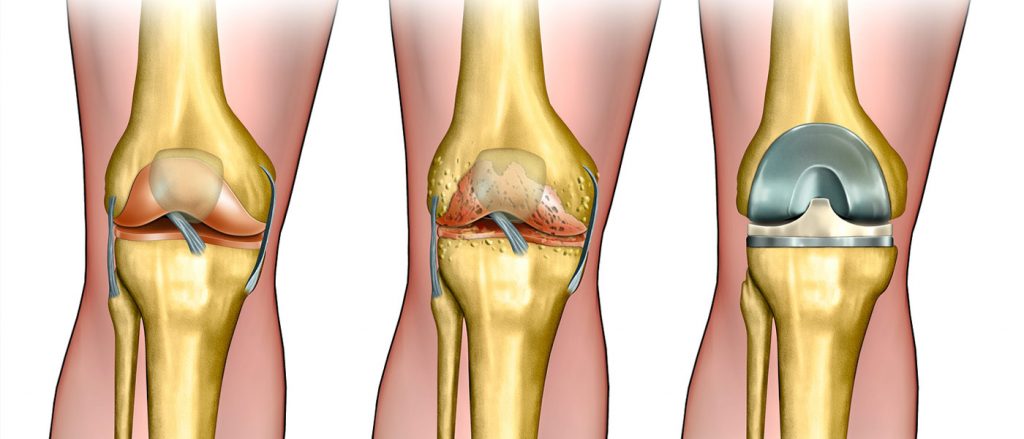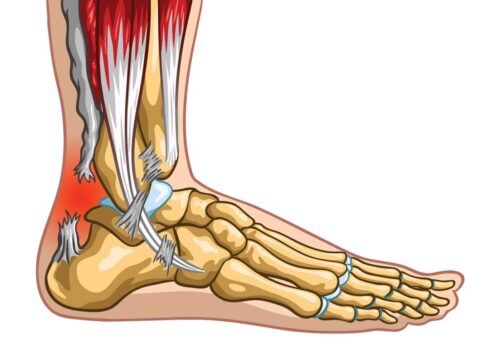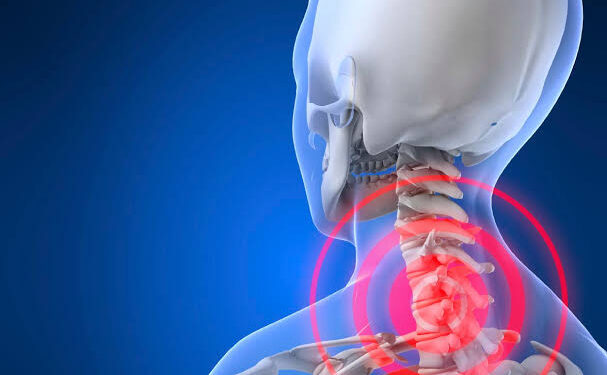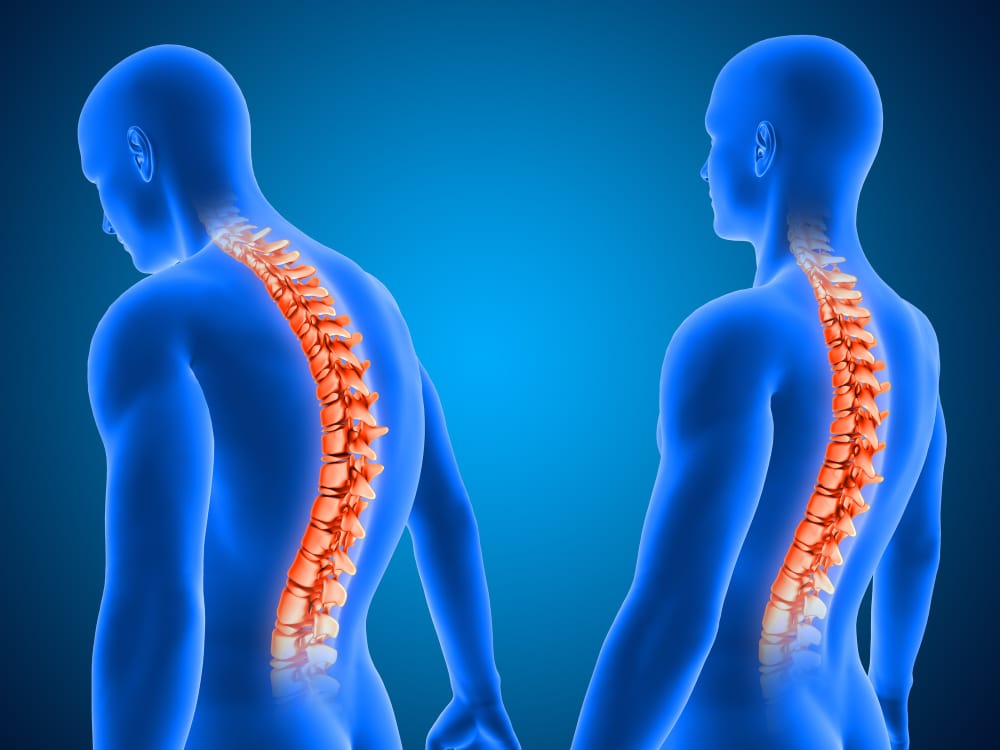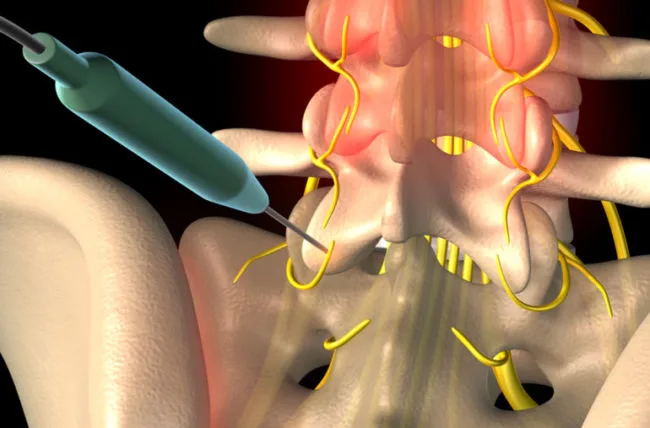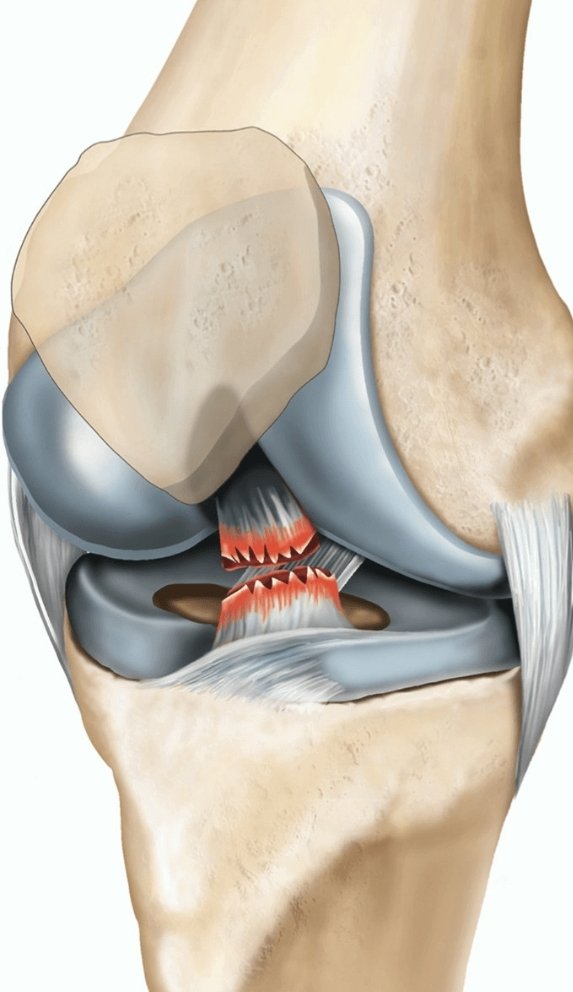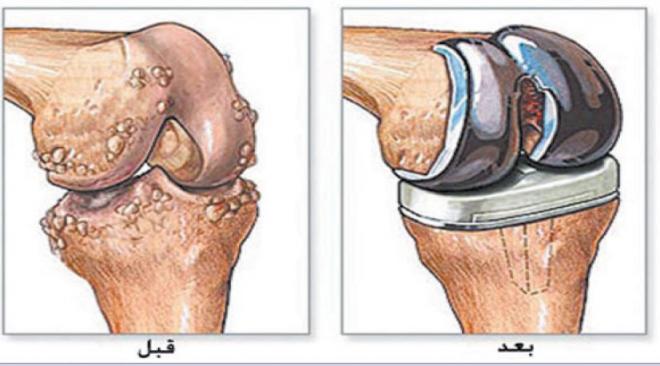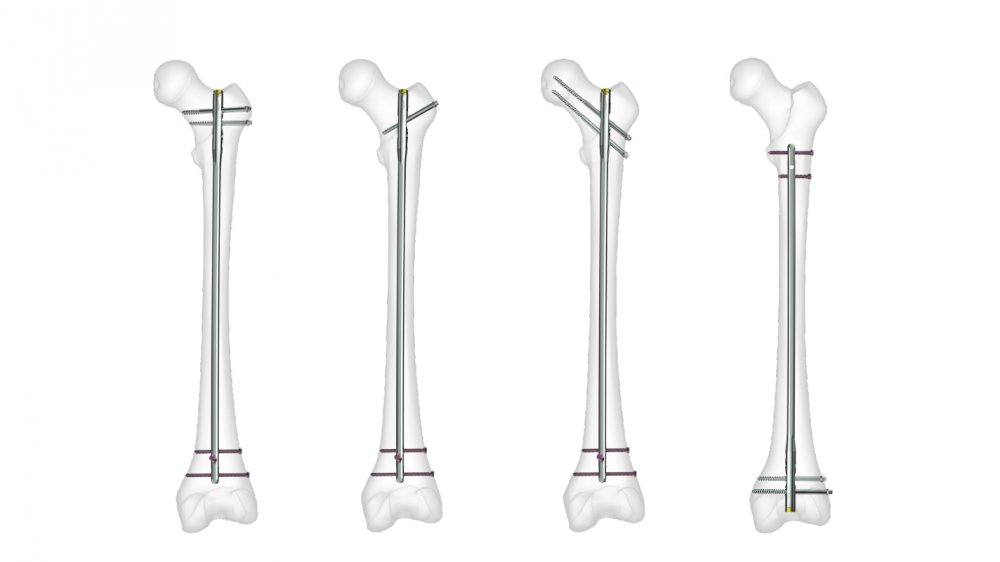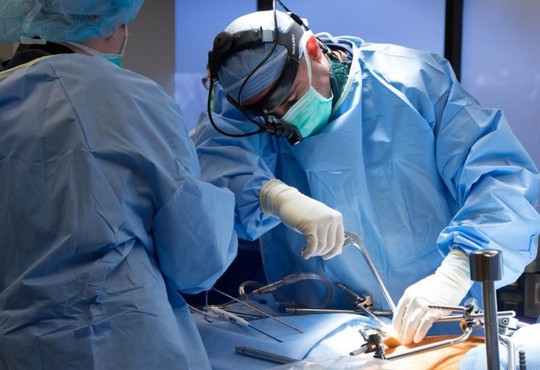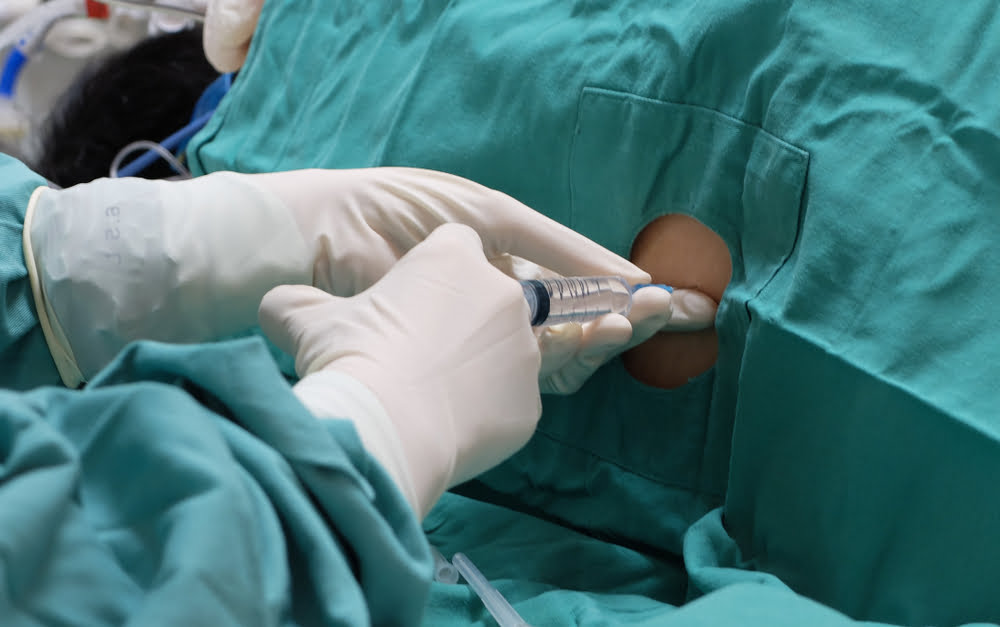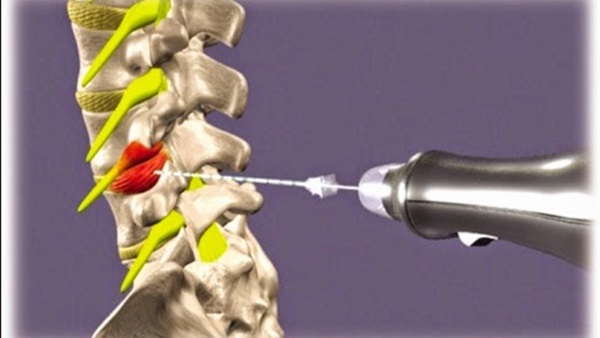Meniscus Operation
Meniscus Operation, The meniscus is a crucial part of the knee that aids in maintaining balance while walking. It is possible for an individual to suffer from a knee injury, leading to a tear in the meniscus. In the following article, we provide extensive details about the meniscus operation, its major complications, success rate, and the best doctors to perform the procedure.
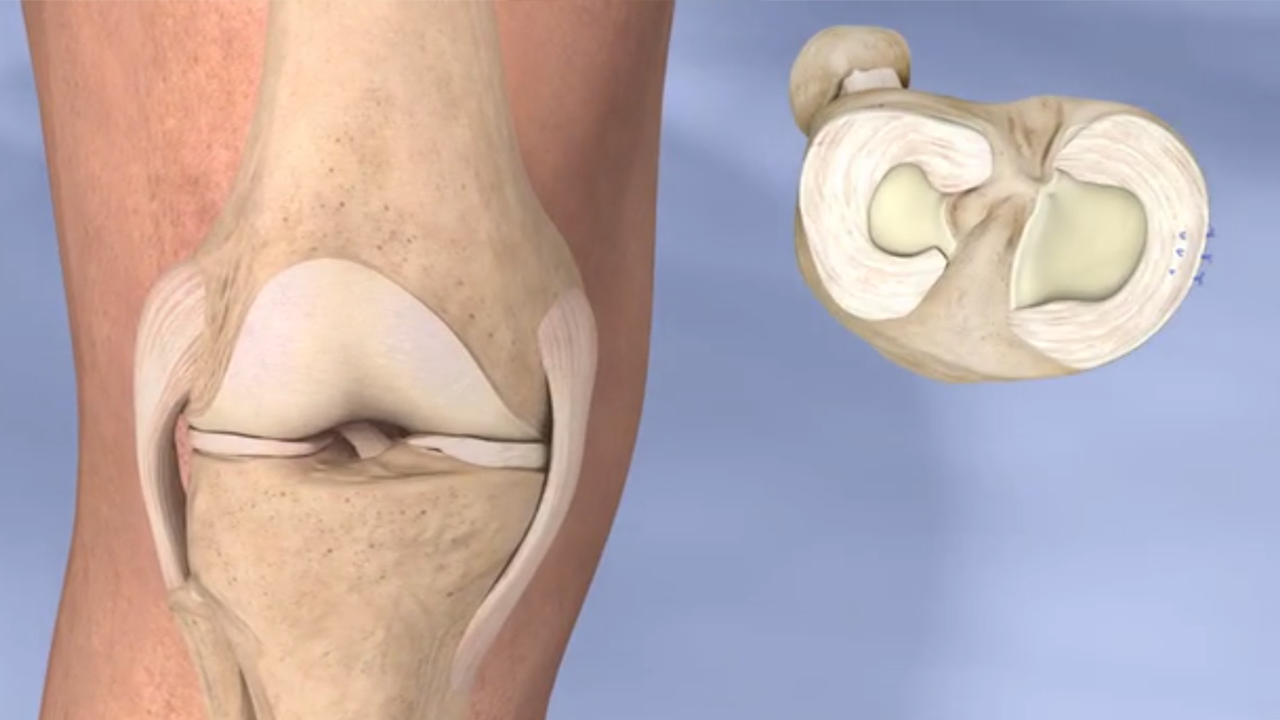
Meniscus Operation
Meniscus injuries can be treated in several medical ways, but if your doctor decides that surgery is necessary, specific types of operations can be considered. These include repairing the tear and removing the torn parts of the meniscus to prevent further deterioration over the years.
Modern methods can be used in the meniscus operation, including arthroscopy, which improves the patient’s condition without affecting the tissues, leading to faster recovery and avoiding an open wound in the affected area.
What is the Meniscus?
“Discover a quick and effective solution for meniscus injury problems at Dr. Amr Amal’s clinic. We provide specialized techniques and personal care to achieve the best results.”
The meniscus is a part of the knee joint, located between the shinbone, thighbone, and also the lower leg bone, along with several ligaments. Together, they form the structural shape of the knee. There are two types of menisci, one inside and the other outside the knee, forming a lateral and medial meniscus, respectively, creating a ‘C’ shape.
The meniscus helps maintain balance in the knee and reduces pressure due to the weight it carries. The meniscus can be subject to excessive pressure, collisions, and other causes, leading to significant health problems.
Meniscus Tear:
Whether the medial or lateral meniscus, it can suffer from inflammation, complete or partial tears, directly affecting knee stability and mobility. Older adults are more susceptible to meniscus injuries due to aging. Dr. Amr Amal’s expertise can help you overcome meniscus problems and enjoy a pain-free life.
Degrees of Meniscus Tear:
The degrees vary depending on the extent of the injury and the damage caused to the knee. There are several degrees of meniscus tears, as follows:
Grade 0: The meniscus is in its normal state. Grade 1: The meniscus shows signs of softening, knee swelling, pain, and limited mobility. Grade 2: There are superficial cracks in the meniscus, not exceeding 1.5 cm in depth, and not reaching the underlying bones. Grade 3: The cracks are deep, exceeding 1.5 cm, with a possibility of reaching the underlying bones. Grade 4: This is the most severe and complicated degree, where the cracks expose the underlying bones completely.
Reasons for Tearing of the Meniscus in the Knee
The tearing or rupture of the meniscus can occur for several reasons, including:
- Strong friction or violent twisting of the knee, leading to damage at the ends of the bones.
- Engaging in intense exercises without prior preparation or warming up, such as squats or weightlifting.
- Running and stopping suddenly, which can cause a tear in the meniscus.
- Collisions between players in general during sports activities.
- Being overweight or obese, which can increase the risk of meniscus tears.
- Aging, as older adults are more susceptible to meniscus injuries due to wear and tear in the knee tissues.
- Strenuous work, particularly for those whose jobs require excessive strain on the knees, leading to wear and tear in the meniscus.
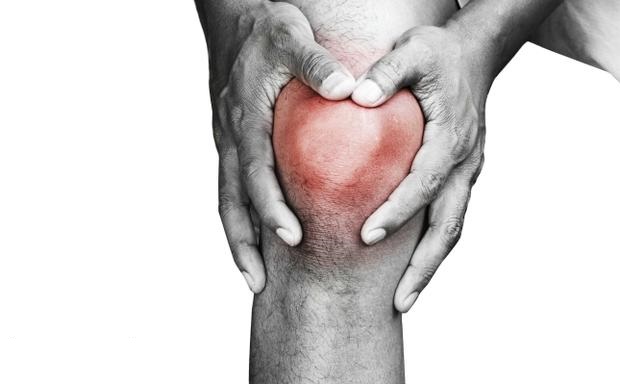
Symptoms of Meniscus Tear
The meniscus can be torn or worn out, especially in older ages, without showing any symptoms. However, signs and symptoms begin to appear once the knee becomes more affected by the injury. It is important for anyone experiencing the following symptoms to seek medical attention immediately:
- Pain and aching in the knee, especially when walking long distances.
- Swelling in the knee.
- The presence of a grinding or clicking sound in the knee.
- Feeling stiffness and discomfort in movement.
- Inability to fully bend or straighten the knee.
- A slight limp when walking, which is one of the more serious symptoms.
How to Diagnose a Meniscus Tear in the Knee
The treating physician can follow several procedures to determine the condition of the meniscus and the extent of the injury:
- Examining the affected area, which typically exhibits swelling and stiffness due to fluid accumulation.
- Asking the patient to move the knee in various ways or to squat to better understand the symptoms and assess the condition.
- Using X-rays or Magnetic Resonance Imaging (MRI) to provide a complete picture of the joint and the extent of the tear or damage.
- Performing a knee arthroscopy by inserting a tube with a camera and light at its end to inspect the current condition of the knee from the inside.
Treatment Methods for Meniscus Tear
The blood supply that nourishes the parts of the body is scarce in the meniscus, especially the inner part more than the outer part. Consequently, recovery is more difficult, especially if the injured person does not receive treatment after the tear. Therefore, it is important that the patient starts receiving the appropriate treatment after the diagnosis of their condition, whether it is surgical or non-surgical.
Non-Surgical Treatment for Meniscus Tear
In cases where a partial tear in the meniscus occurs without affecting any other part of the knee, non-surgical treatment may be the best solution. Treatment can be through rest, cold water compresses, and bandages that reduce swelling. Sometimes, injections may be a suitable solution.
Physical therapy also plays an important role in treating a meniscus tear by working to strengthen the muscles around the knee, thereby reducing the load on the knee and providing stability. Additionally, there are some tools that significantly contribute to improving the patient’s ability to walk and move until full recovery.
Surgical Treatment for Meniscus Tear
The patient may suffer a more severe meniscus tear, affecting the condition of the knee joint and the patient’s ability to walk normally. In this case, undergoing surgery is crucial to restore the knee’s normal range of motion. There are several types of surgeries performed to repair a meniscus tear.
Non-Surgical Treatment Methods for Meniscus Tear Patients
Patients can use pain relief medications and anti-inflammatory drugs, but they may not be effective in the third stage of a meniscus tear. Physical exercises that strengthen the muscles and reduce the load on the joint can help avoid further wear and tear and alleviate injury symptoms. If you have a meniscus tear, the above procedures can help heal the tear in the knee, but if symptoms worsen, you should immediately consult your doctor.

Does a Meniscus Tear Heal?
“Get lasting and satisfying results with meniscus surgeries at Dr. Amr Amal’s clinic. We offer a personalized solution that suits you, ensuring your comfort and full satisfaction.”
The patient’s condition can be improved through medications or physical exercises that help the meniscus heal, providing a greater chance of recovery without surgical intervention. However, if symptoms worsen, consulting a doctor is the best solution to determine if there is additional damage to the knee.
Can One Live with a Meniscus Tear?
Given that there are different degrees of meniscus injury, some may need surgery, while others may live with a meniscus tear. However, in cases of a complete meniscus tear, resorting to surgery that improves the patient’s condition may be necessary. If you want to learn more about the meniscus and how to recover from it, we recommend reading the following article.
Does a Meniscus Tear in the Knee Require Surgery?
Yes, if the patient does not respond to non-surgical treatment methods in terms of pain relief or reducing the swelling resulting from the injury, then they may need surgery. We invite you to learn about the latest techniques and innovations in meniscus treatment with Dr. Amr Amal.
Steps Before the Meniscus Surgery
A full diagnosis can be conducted on the patient before undergoing meniscus surgery, helping the doctor to better understand the impact of the injury on the knee and the meniscus. Consequently, the most suitable type of surgery performed in recent times can be determined.
More than one procedure can be carried out to improve the patient’s condition, but the patient must undertake the following steps before the surgery:
- Undergoing Magnetic Resonance Imaging (MRI), which helps in identifying the injury in the bone and clarifying the damage in the meniscus.
- Taking medications that help in reducing the likelihood of complications after surgery, thus protecting the patient from health issues.
- Discontinuing blood-thinning medications under medical supervision.
- Quitting smoking at least two weeks before the surgery, as it affects the recovery speed.
- Refraining from eating for about 6 hours before the surgery and from drinking for about 2 hours before it.
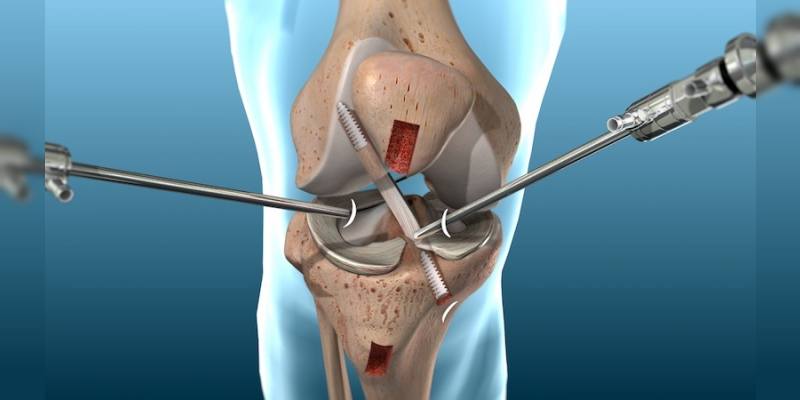
Post-Meniscus Surgery Instructions
The patient can follow some instructions recommended by Dr. Amr Amal after undergoing meniscus knee surgery, which include:
- Taking medications on time to reduce complications.
- Using crutches and braces to reduce the load on the knee for at least a month after the surgery.
- Starting physiotherapy for the surgery to gradually feel an improvement in the condition.
- Elevating the leg above the heart level for better recovery, comfort, and reduced knee swelling.
- Using cold water compresses to relieve pain and swelling, as well as hot water compresses to improve blood circulation in the body.
- Ensuring medical follow-up after the surgery for better reassurance about the patient’s condition.
What is the Duration of Meniscus Knee Surgery?
The arthroscopic meniscus knee surgery takes up to about an hour. You should overcome the pain of the meniscus and prepare to live your life to the fullest with Dr. Amr Amal and the successful surgical procedures he performs to get rid of the meniscus problem in the knee and regain your activity as before with the highly successful meniscus surgery.
What is the Success Rate of Meniscus Surgery?
The arthroscopic meniscus knee surgery is recognized as one of the successful therapeutic procedures with a success rate exceeding 90%. Serious complications are rare, and it is possible to regain your quality of life and strength with the meniscus surgery provided by the expert team under the supervision of Dr. Amr Amal.
Benefits of Undergoing Meniscus Surgery
When the meniscus cutting operation is carried out by a surgeon specialized in this type of surgery, the meniscus repair operation is highly successful, as we mentioned above, exceeding a 90% success rate. It also yields very good results for the patients. This is in addition to the fact that an injury to any knee increases the likelihood of developing arthritis. Meniscus repair may slow down the progression of arthritis changes, alleviate discomfort and swelling, restore meniscal function, prevent deterioration of the affected knee joint condition, and allow resumption of normal activities within a relatively short period. The meniscal cartilage heals within two months after the surgery.
Is the meniscus operation difficult?
The meniscus operation may be the last solution recommended by the orthopedic doctor after all other medical procedures have been attempted. A patient may undergo the operation in cases of significant knee damage. It has a high success rate, and its complications are generally very rare. The operation is precise but not difficult, and a large number of athletes undergo it.
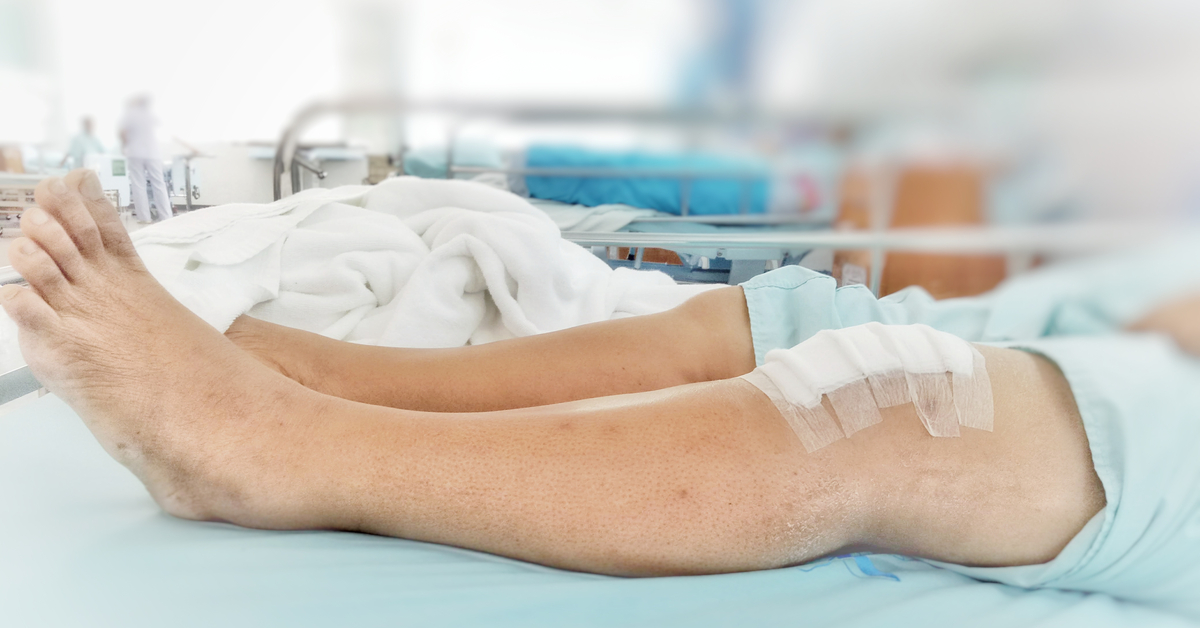
How long is the recovery period after a meniscus operation?
“Prepare for a comprehensive improvement in your quality of life with advanced meniscus operations at Dr. Amr Amal. We use modern techniques and pay attention to meeting your individual needs.”
The recovery period after a meniscus operation may range from 6 to 8 weeks to avoid exerting excessive pressure on the knee, which could prolong the recovery period. After this period, the patient may begin necessary physical exercises and specified physical therapy.
Recovery after a meniscus operation takes longer than other knee surgeries. Therefore, the patient needs to rest and avoid any significant physical exertion or pressure on the knee for several months. Physical therapy exercises are essential for the knee to expedite healing, and it is best to perform them twice a day for half an hour each time.
Instructions for the first weeks after a meniscus operation:
- The patient should avoid standing for extended periods and rest completely in the first few weeks.
- Try to change the sitting position from time to time; do not stay in one position for more than 60 minutes.
- Keep the knee at rest and avoid fully extending it as much as possible.
- Crutches can be used to reduce the load on the knee in the days following the operation.
Instructions for weeks 4 to 12 after a meniscus operation:
- After noticing improvement in the knee and its movement in the first month after the operation, the patient can start engaging in daily activities such as walking or going to work.
- Continue taking painkillers for a slightly longer period.
- Use ice packs and avoid overloading the knee.
- Engage in special types of exercise suitable for meniscus operation cases.
- Post-operative physical therapy is crucial and accelerates the healing process.
Complications of Meniscus Operation (Knee Cartilage)
The patient may experience some complications after the meniscus operation, and it is essential to follow the doctor’s instructions for faster recovery without any severe complications. Possible post-operative complications include:
- Development of roughness in the knee.
- Damage to the nerves or tissue surrounding the meniscus.
- Bleeding or infection in the joint.
- In rare cases, some patients may have an allergy to the anesthetic drugs taken.
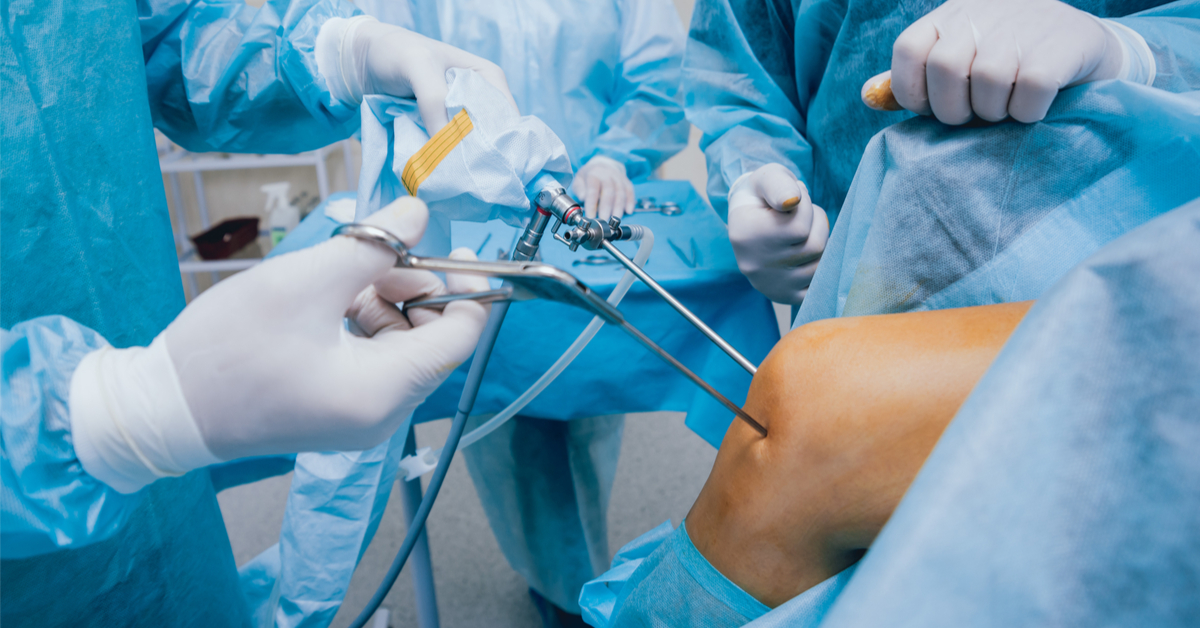
When does physical therapy start after meniscus surgery?
The therapeutic program for a patient after meniscus surgery can be undertaken about a month and a half post-operation to prevent complications in the body, allowing the patient to recover within a period of up to 6 months and return to full activity.
After the first week of the operation, the patient can engage in light sports such as walking or cycling, and swimming might be beneficial if the wound has fully healed. After several weeks post-operation, the patient can return to work and strenuous exercises, ensuring continuous follow-up with the specialist doctor.
Is meniscus surgery dangerous?
The risks associated with meniscus surgery are not numerous; it is considered a safe procedure that helps improve the patient’s condition and restores the knee’s normal range of motion. However, in some rare cases, the patient may experience complications, including:
- Swelling in the affected area, which can be minimized by resting and elevating the knee as much as possible.
- Formation of tissue around the surgical site leading to knee stiffness.
- If the patient has arthritis and undergoes meniscus arthroscopy, it may lead to wear and tear or damage to the cartilage. It is preferable to avoid this surgery in cases of arthritis.
- In some instances, the patient may develop a bacterial infection in the affected area, potentially leading to joint health issues.
- Rarely, the surgery may result in blood clots, especially in smokers or individuals with blood disorders.
Cost of Meniscus Surgery
The cost of meniscus surgery can be determined by several factors including the tools used, the surgeon’s skill, the number of days spent in the hospital, the patient’s age and severity of injury, the type of intervention on the meniscus whether it is repair or removal, and the presence of any other injuries or issues associated with the condition. The medical team working with the doctor can arrange all the details with you before the surgery. In Egypt, the cost of the procedure ranges from 25,000 to 50,000 Egyptian Pounds.
Meniscus Arthroscopy
Arthroscopy is utilized in cases of meniscus injuries, allowing for an improvement in the patient’s condition without exposing them to the complications of open surgeries. The surgery is conducted as follows:
- The doctor begins by anesthetizing the patient, which can be either general or local anesthesia, depending on the treating doctor’s decision.
- Several small incisions are made in the knee, through which the meniscus surgery is performed, and the necessary medical instruments are inserted.
- The surgeon then repairs or completely removes the meniscus using the required medical tools.
- The doctor sterilizes the wound, applies dressings, and then the patient is taken out of the operating room.
- The patient is moved to the recovery room to monitor vital signs and assess the patient’s condition post-surgery.
Best Doctor for Meniscus Surgery in Egypt
Dr. Amr Amal is considered one of the best doctors performing meniscus surgeries in Egypt. He enjoys an excellent reputation in this field and is renowned for his high skills and extensive experience. Thanks to his specialized and extensive training, Dr. Amr expertly handles the challenges of meniscus surgeries, which are delicate knee operations. He is committed to providing superior care and exceptional support to his patients. Dr. Amr Amal is an ideal choice for those requiring meniscus surgery, ensuring optimal results and a swift recovery.

